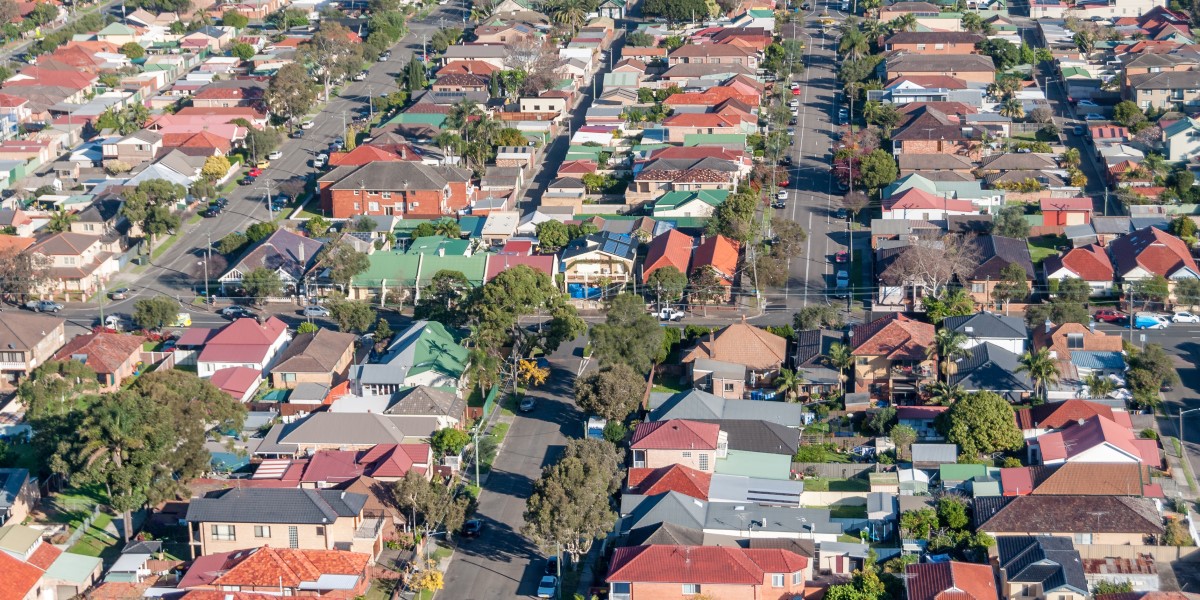1. Diversification into Regional Markets
With the ongoing shift towards regional living, investors have an opportunity to diversify their portfolios by exploring properties in high-growth regional areas. These markets often offer better affordability and potential for capital appreciation compared to metropolitan centres.
2. Focus on Sustainable and Smart Housing
As sustainability becomes a priority, properties with eco-friendly features and smart home technologies are increasingly attractive to buyers. Investing in energy-efficient homes or retrofitting existing properties with green technologies can enhance property value and appeal to a growing segment of environmentally conscious buyers.
3. Leveraging Government Incentives
First-time buyers and investors should stay informed about government incentives and grants designed to support property purchases. Programs like the First Home Super Saver Scheme and various state-based grants can provide financial assistance and make property ownership more attainable.





